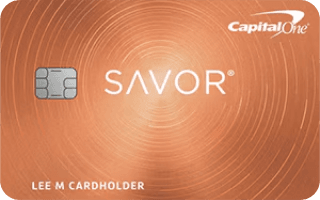The Capital One® Savor® Cash Rewards Credit Card and the Capital One Quicksilver Cash Rewards Credit Card both offer appealing cash back rewards, making them strong contenders if you’re looking to maximize returns on your spending.
The Quicksilver edges ahead with its slightly higher cash back score and the added perk of a 0% introductory APR period, making it the more versatile option for a broader range of users. But the Savor's higher cash back rates on specific categories like dining and entertainment make it a strong candidate if you spend heavily in these areas.

















